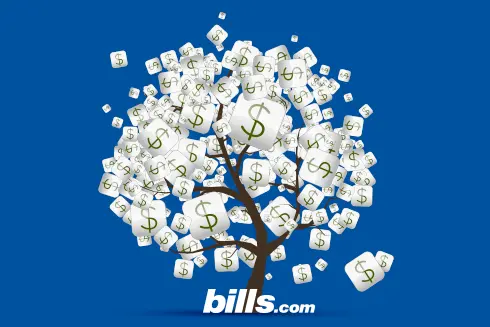Handling A Drop In Income During Chapter 13

Get rid of your debt faster with debt relief
Choose your debt amount
Or speak to a debt consultant 844-731-0836
- In a Chapter 13, most assets are protected from creditors.
- Chapter 7 allows debtors to discharge most unsecured debts completely.
- Start your FREE debt assessment
What if one experiences job loss during a Chapter 13 filing and cannot make payments as outlined in the plan?
Since the initial plan is based on one's income, what if one experiences job loss during a Chapter 13 filing and cannot pay the bankruptcy payments as outlined in the plan?
Because the financial circumstances under which you filed your original Chapter 13 petition have changed significantly since you filed the petition (i.e., you lost your job, and presumably your primary source of income), you may be able to modify your petition, or have it dismissed altogether, allowing you to file a new case with lower payments to the change in your financial situation. If your income reduction is sufficient for you to qualify to file Chapter 7 bankruptcy, you may be able to convert your current Chapter 13 to a Chapter 7. Unlike a Chapter 13 bankruptcy, in which you make monthly payments to the court, which then distributes money to your creditors, a Chapter 7 allows debtors to completely discharge most unsecured debts, such as credit cards, personal loans, and automobile deficiency balances.
Which option is the best choice for you will greatly depend on the terms of your current bankruptcy case and your income and assets after your job loss. If you still have significant assets, such as a large amount of home equity, a Chapter 7 conversion may not be a viable option, as your assets may exceed your state bankruptcy property exemptions. Under a Chapter 7 plan, assets that exceed the value set by your state (or by federal law in some cases) would likely be sold by the court to repay your creditors. However, in a Chapter 13, most assets are protected from creditors.
As you can see from the information above, there are many factors that must be taken into consideration when deciding how to best address your reduction in income in relation to your bankruptcy case. You should consult with your bankruptcy attorney as soon as possible to discuss the change in your material circumstances and what options are available to you to resolve your financial difficulties. Only your attorney can tell you what action you should take in regard to your current bankruptcy case, so please consult with him or her at your earliest convenience.
To read more about bankruptcy, and the different types of bankruptcy available to consumers, I encourage you to visit the Bills.com Bankruptcy Information page. I wish you the best of luck in resolving you financial difficulties, and hope that the information I have provided helps you Find. Learn. Save.
Best,
Bill
www.Bills.com
VIDEO: Bankruptcy - What is Bankruptcy?

Get rid of your debt faster with debt relief
Take the first step towards a debt-free life with personalized debt reduction strategies.
Choose your debt amount
Or speak to a debt consultant 844-731-0836